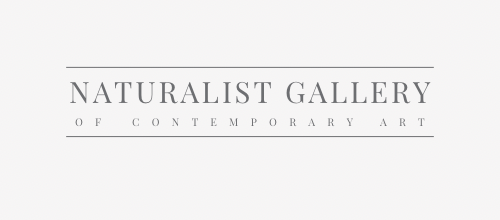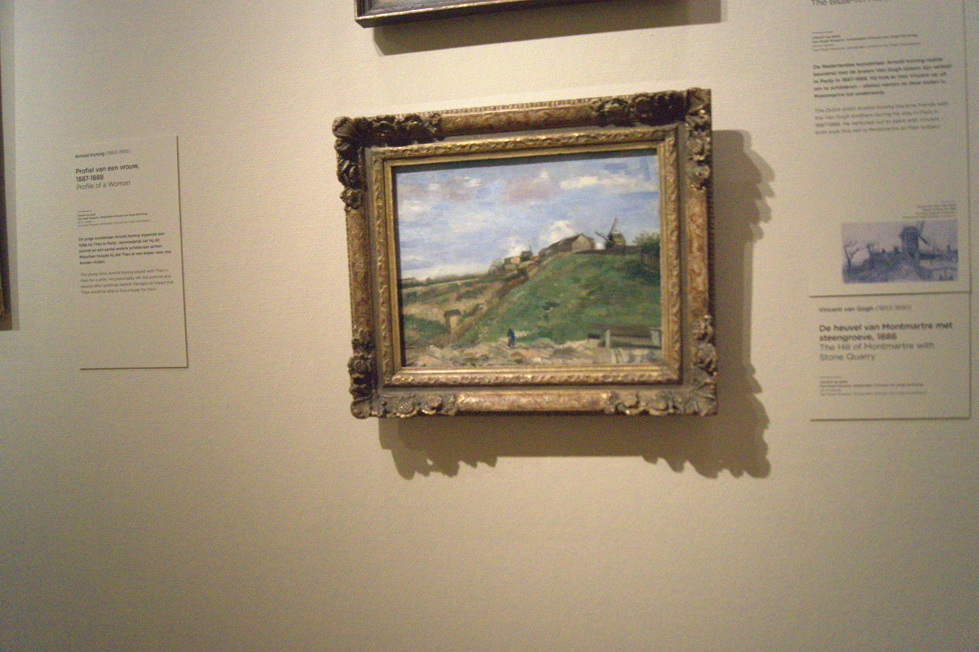Museums serve as custodians of cultural heritage, tasked with the delicate balance of curating exhibits that honor historical accuracy, respect diverse perspectives, and engage the public.
Museums navigate ethical complexities in exhibit curation, balancing public interest, donor influence, and historical accuracy. Key considerations include repatriation of artifacts, addressing biases, and managing corporate sponsorships to uphold integrity.
The decision-making process behind what gets displayed involves multiple stakeholders, including curators, donors, governing bodies, and, increasingly, the communities represented by the artifacts. This intricate dynamic raises ethical considerations, particularly concerning repatriation, potential biases, and the influence of corporate sponsorships.
Explore our curated selection of contemporary artists from around the globe.
Naturalist Gallery offers artist representation internationally. Apply your art.

Balancing Public Interest and Donor Influence
Curators traditionally hold the responsibility of selecting exhibits, guided by the museum's mission and the educational value of potential displays. However, donor contributions can significantly influence these decisions. While donor support is vital for museum operations, it can lead to ethical dilemmas if financial contributions sway curatorial choices, potentially compromising the institution's integrity. The American Alliance of Museums emphasizes that governance should promote the public good rather than individual financial gain, underscoring the need for transparency and accountability in donor relationships.

Controversies Surrounding Repatriation
Repatriation—the process of returning cultural artifacts to their countries or communities of origin—has become a focal point in museum ethics. Many institutions are reevaluating their collections to address historical injustices associated with colonial acquisitions. For instance, the Metropolitan Museum of Art has faced scrutiny over artifacts with questionable provenance, leading to the return of several items to their rightful owners. Similarly, the Pitt Rivers Museum in Oxford has removed certain displays, acknowledging that they reinforced racist and stereotypical thinking. These actions reflect a broader movement towards ethical stewardship and respect for cultural heritage.

Addressing Bias in Exhibitions
Museums are increasingly aware of the need to present diverse narratives and avoid perpetuating biases. This involves critically assessing existing exhibits and collaborating with communities to ensure accurate and respectful representations. The Pitt Rivers Museum's initiative to engage with originating communities to address errors and discuss repatriation exemplifies this approach. By involving multiple voices in the curatorial process, museums can create more inclusive and representative exhibitions.

The Role of Corporate Sponsorships
Corporate sponsorships provide essential funding for museums but can introduce ethical challenges, especially when sponsors' values or business practices conflict with the institution's mission. The American Alliance of Museums' Code of Ethics advises that all activities should promote the public good rather than individual financial gain, highlighting the importance of aligning sponsorships with the museum's ethical standards. Transparency in sponsorship agreements and a commitment to the museum's core values are crucial in navigating these partnerships.
The ethical landscape of museum curation is complex, requiring a careful balance between honoring donor contributions, addressing historical injustices through repatriation, mitigating biases, and managing corporate sponsorships. By prioritizing transparency, inclusivity, and accountability, museums can navigate these challenges and continue to serve as trusted custodians of cultural heritage.
Learn more About Naturalist Gallery of Contemporary Art.

You may also find the following articles helpful:
The 14 Essential Artists of Impressionism
Expressionism: 20 Iconic Paintings & Their Artists
Renaissance Art: Origins, Influences, and Key Figures
Classical Art Movement: Exploring the History, Artists, and Artworks
Figurative Art: Understanding, Collecting, and Appreciating the Style
Daily Routines of Famous Artists: Learn from the Masters
Top 12 Controversial Artworks That Changed Art History

